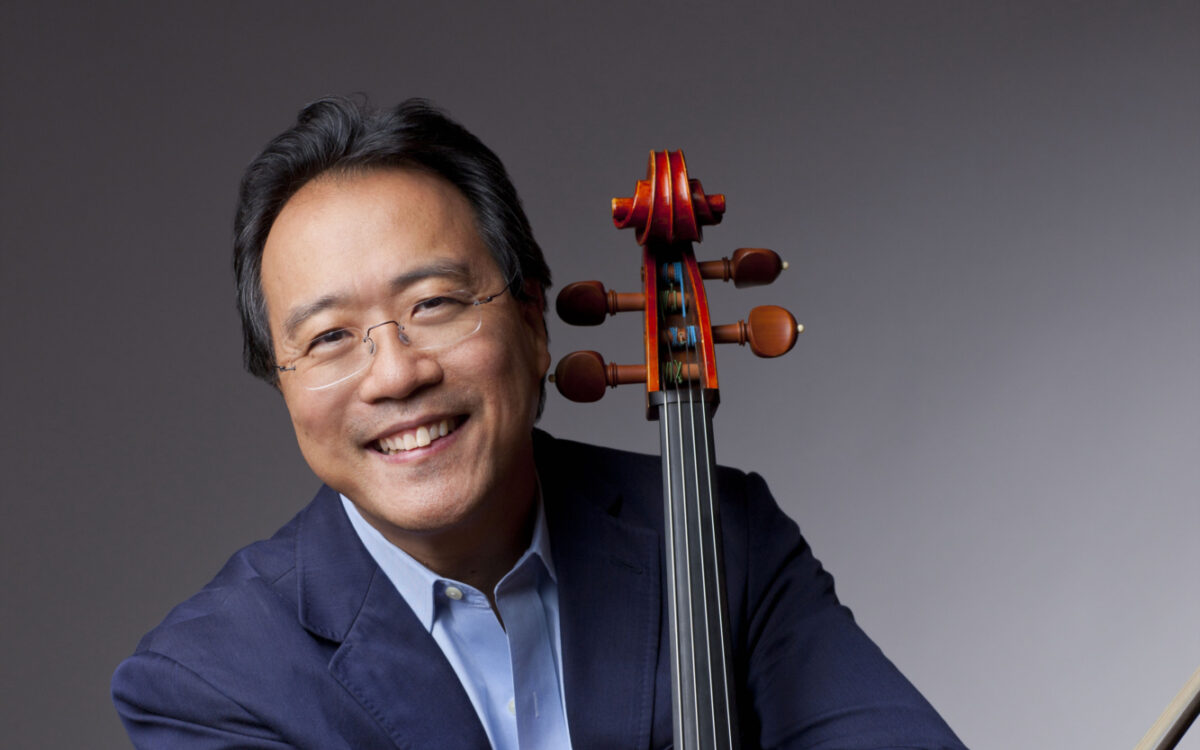Symphony No. 22 in E-flat, The Philosopher
Franz Joseph Haydn was born in Rohrau, Lower Austria, on March 31, 1732, and died in Vienna on May 31, 1809. He composed this E-flat symphony, conventionally numbered 22, in 1764. The date of the first performance is unknown, but it presumably took place at Eisenstadt under Haydn’s direction.
The score of Symphony No. 22 calls for 2 English horns, 2 horns, and strings (first and second violins, violas, cellos, and double basses).
The early works of Haydn show many examples of older, Baroque forms turned to new purposes. Several of his symphonies, for example, begin with slow movements in something like the character of the sonata da chiesa (“church sonata”). In a few cases these have specific programmatic religious connotations; in other cases, they are either abstract works conceived in an austere mood, or else the intended program has been lost. We may, however, have a clue to Haydn’s mental image in composing this music from a comment he made to his biographer Griesinger many years later, when he mentioned that in one of his oldest symphonies—one that he could not at that moment pinpoint—“the idea predominated of God speaking to an unrepentant sinner, asking him to reform, but the sinner in his rashness heeded not these exhortations.” Haydn scholar H.C. Robbins Landon has suggested that this image best fits the E-flat symphony conventionally listed as No. 22. In any case, whether it is the symphony Haydn meant or not, the work has long had attached to it the nickname “The Philosopher”—going back even to the 18th century, a clear indication of its unusual character.
Haydn composed this symphony in 1764, when he was already 32 years old and reasonably well established in the noble Esterházy household. It begins with the sober sonority and style of a sonata da chiesa, a long-established Baroque form consisting of four movements in a slow-fast-slow-fast arrangement. The opening movement’s somber marching strings support a chorale-like melody in the horns (the voice of God?), answered by two English horns (the unrepentant sinner?). Haydn cleverly fuses the Baroque stylistic elements so evident here with a ground plan that clearly suggests the developed sonata form of the Classical era. His unusual choice of instrumental colors—hardly another symphony of his century called for English horns*—is also striking. Yet for all its touches of modernity, the movement suggests, on the whole, an homage to Corelli.
The second movement offers the strongest possible contrast—a Presto in sonata form with a real Haydnesque “false reprise” at the beginning of the development section, tricking the listener into thinking the movement is substantially over when it has really only just gotten underway. The third movement is a poised and graceful minuet and Trio, while the finale introduces the spirit of the hunt in its galloping 6/8 time. (Is this an indication that our sinner remains unrepentant?) In any case, the echoing calls of French horns and English horns against the nonstop racing strings provide an invigorating close.
Steven Ledbetter
Steven Ledbetter, a freelance writer and lecturer on music, was program annotator of the Boston Symphony Orchestra from 1979 to 1998.
The first BSO performance of Haydn's Symphony No. 22 was led by Jorge Mester at Tanglewood on August 20, 1976.

